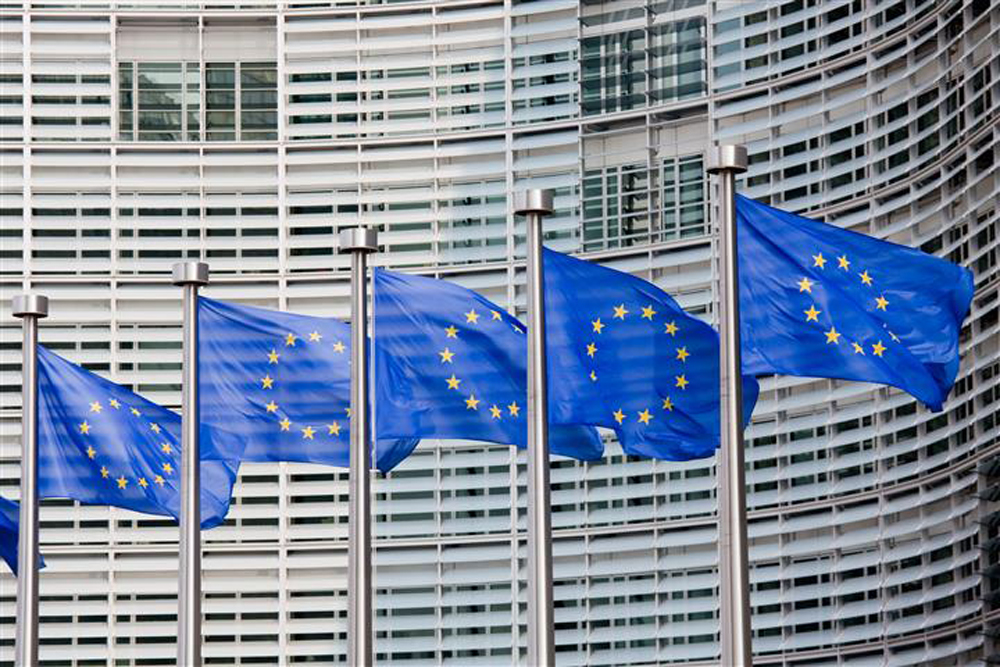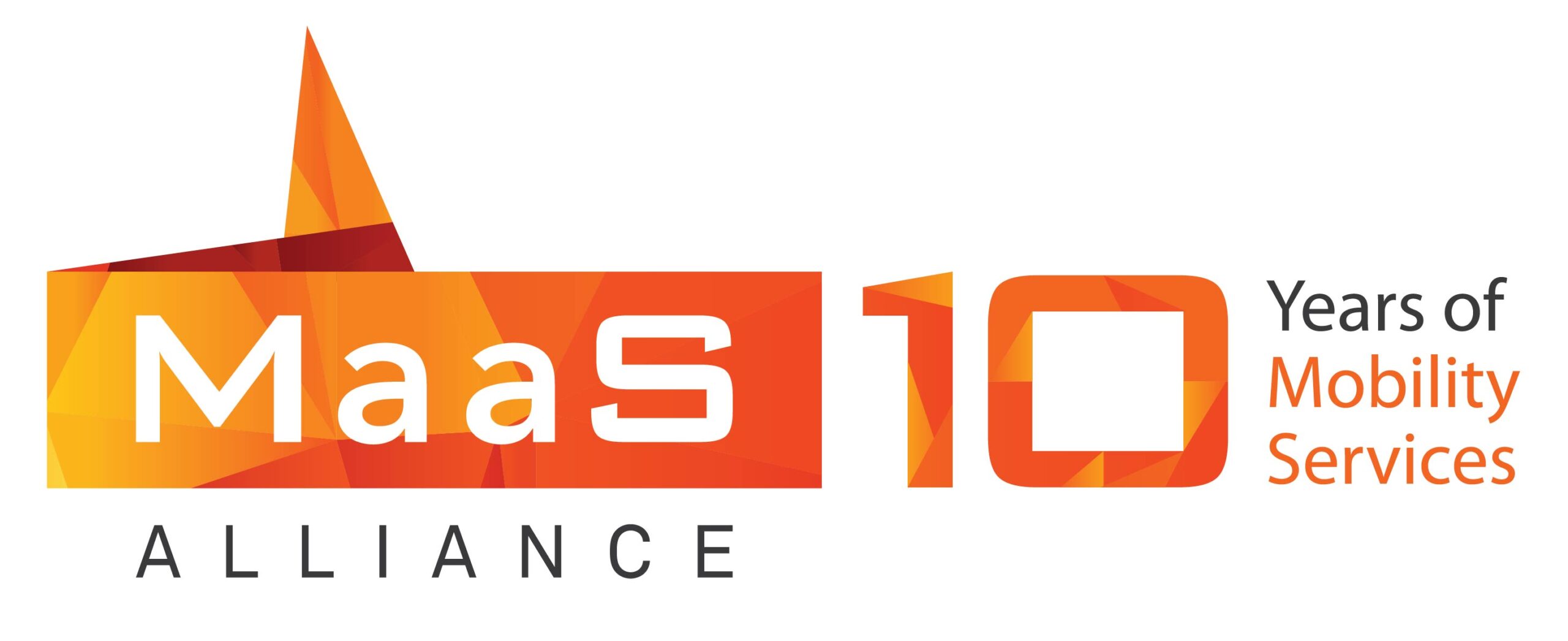
Standards have played a leading role in creating the EU Single Market and supporting European competitiveness. They help manufacturers to ensure the interoperability of products and services, reduce costs, improve safety and foster innovation. They also help to underpin the successful roll-out of important investment projects, like hydrogen or batteries. By valorising innovation investment, they provide a first-mover advantage for EU businesses.
As a global standard-setter, the European Union also exports best practices and increases synergies in global value chains. This enhances trade flows and opportunities for European businesses to scale up their activities. EU standards are synonymous with quality around the world
What are European harmonised standards?
A harmonised European standard is a European standard developed at the request of the Commission by one of the European standardisation organisations (ESOs), in view of applying Union harmonisation legislation.
Harmonised EU standards provide the technical specifications needed for a product to respect EU law. They complement and specify the requirements of the respective EU harmonised legislation. Compliance with a harmonised standard grants products the presumption of conformity with the relevant legislation. This allows manufacturers to access the EU market.
The list of harmonised standards is regularly updated and published in the Official Journal of the EU. Currently, more than 3600 references to harmonised standards are published in the Official Journal of the EU in support of EU product legislation.
Each European standard (EN) supports the functioning of the Single Market. European standards replace 34 different national standards in EU, EEA/EFTA and candidate/neighbouring countries, preventing technical fragmentation and ensuring coherence of the system.
How does EU standardisation work?
The European standardisation system is based on a public-private partnership between the Commission and the standardisation community, which is structured in private not-for-profit organisations: the European Committee for Standardisation (CEN), the European Committee for Electrotechnical Standardisation (CENELEC), and the European Telecommunications Standards Institute (ETSI). European standards in support of EU legislation and policies are developed exclusively through one of them. Standardisation activities at these organisations are based on consensus-building among different actors, including industry, SMEs, trade organisations and other private, societal and public stakeholders.
The Commission is responsible for the assessment of European harmonised standards developed in support of EU law and for their reference in the Official Journal of the EU. Once a standard is referenced in the Official Journal, it is considered to be part of EU law.
The Commission provides financial support to the three European Standardisation Organisations, for their work in support of EU legislation and policies.
Why is a new Standardisation Strategy needed?
Until now, standardisation has often been considered a merely technical matter, and EU leadership in international standardisation has too often been taken for granted.
The new Standardisation Strategy puts standards in the focus of EU policy. Standards will play a critical enabling role to face the current challenges of our industries. We will need standards for the data economy, to enable data inter-operability be it for robots, autonomous cars or machinery. Standards are also essential to ensure that new technologies reflect our democratic values, be it in ensuring data protection standards or by addressing the governance of internet protocols.
At the same time, standards are also becoming a crucial aspect of strengthening Europe’s open strategic autonomy. Increasingly, third countries are taking a more assertive stance to standardisation and pushing for their technological solutions through technical standardisation committees. The EU wants to lead in such efforts, especially when it comes to strategic areas like batteries or other solutions related to the green and digital twin transitions.
What are the key objectives of the new Standardisation Strategy?
The new Strategy proposes a series of actions aimed at ensuring European leadership in global standards, making standardisation a driver of European competitiveness and resilience, ensuring standards support our investments in the green and digital transitions and embedding democratic values in technology applications.
To do so, the Strategy first proposes actions to improve the agility and governance of the European standardisation system and shorten the time needed to develop European standards. This includes better anticipating and prioritising urgent standardisation needs in strategic areas and improving the governance of the European standardisation organisations. In this view, the Commission is proposing to amend the rules relating to the governance of the European Standardisation Organisations, to make sure that key decisions are taken by national standardisation bodies from the EU and the European Economic Area (EEA). This will also ensure greater inclusiveness of the process, given that these national bodies represent all relevant stakeholders in their respective Member States.
The Strategy also envisages a series of measures to support the standardisation of the results of European-funded research. Given the increasing lack of available standardisation expertise, especially due to a generational change, the Strategy will also support the development of new skilled experts to support the standardisation of new generation technologies.
The Strategy also foresees actions to increase the coordination of European and Member States’ interests in international standardisation organisations. This will help address the current fragmentation and strengthen the EU’s voice in global standardisation, in an inclusive manner. It will also help to harness Europe’s potential to be the first mover and to lead international standards-setting, leveraging its cooperation with other like-minded international partners.
Read all the Questions & Answers on what the European Commission will do to improve the standardisation process in Europe.
Source: European Commission



